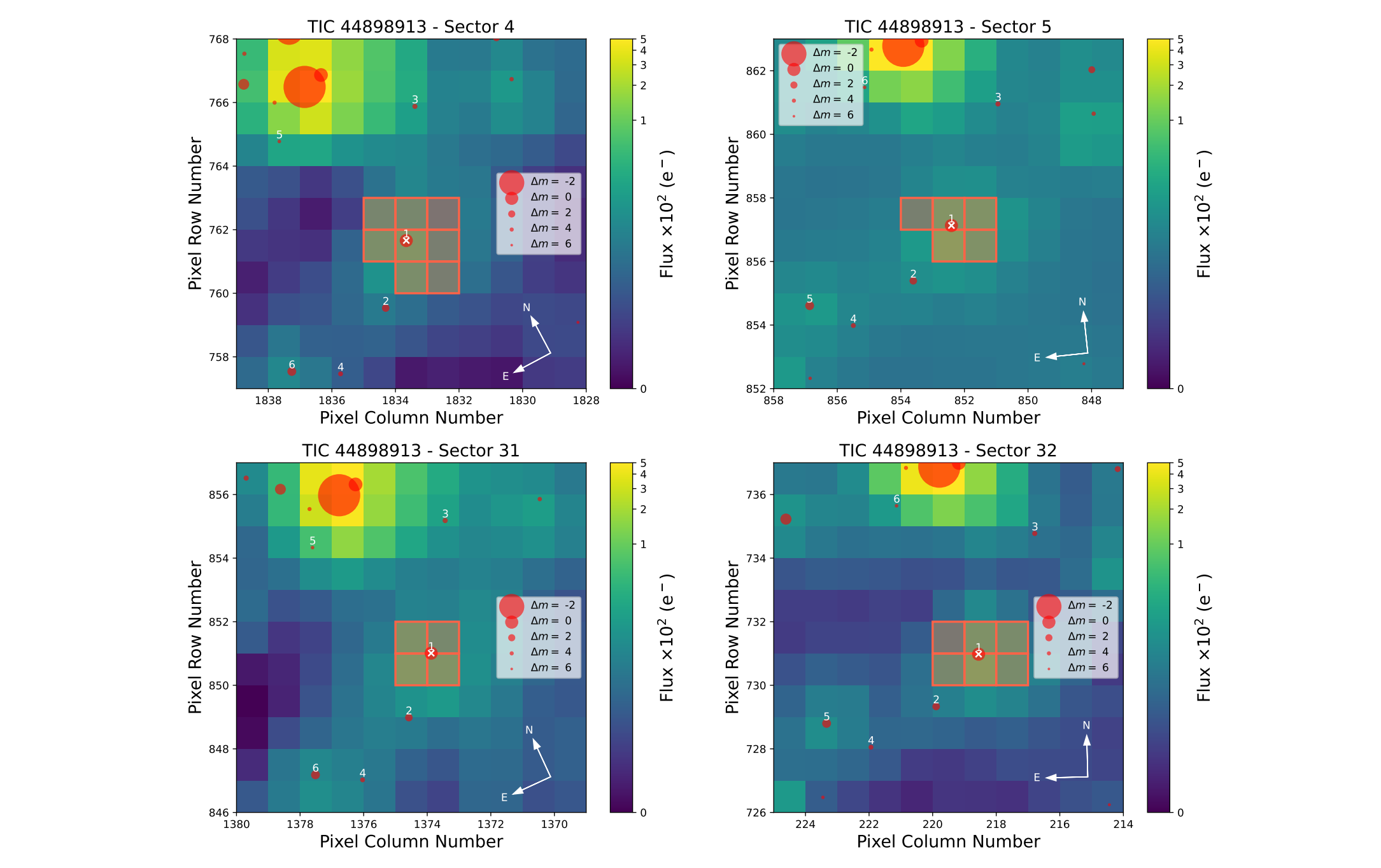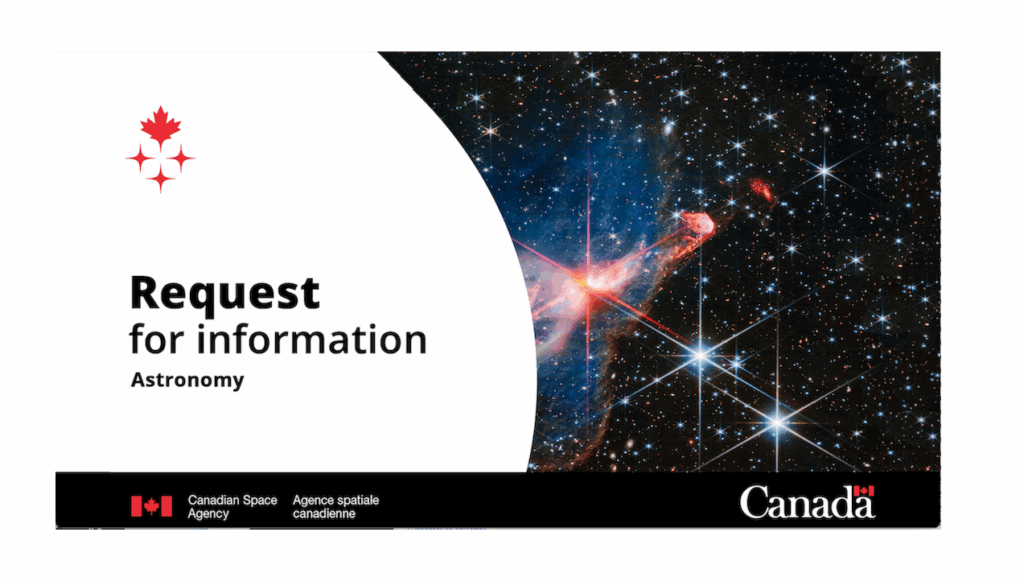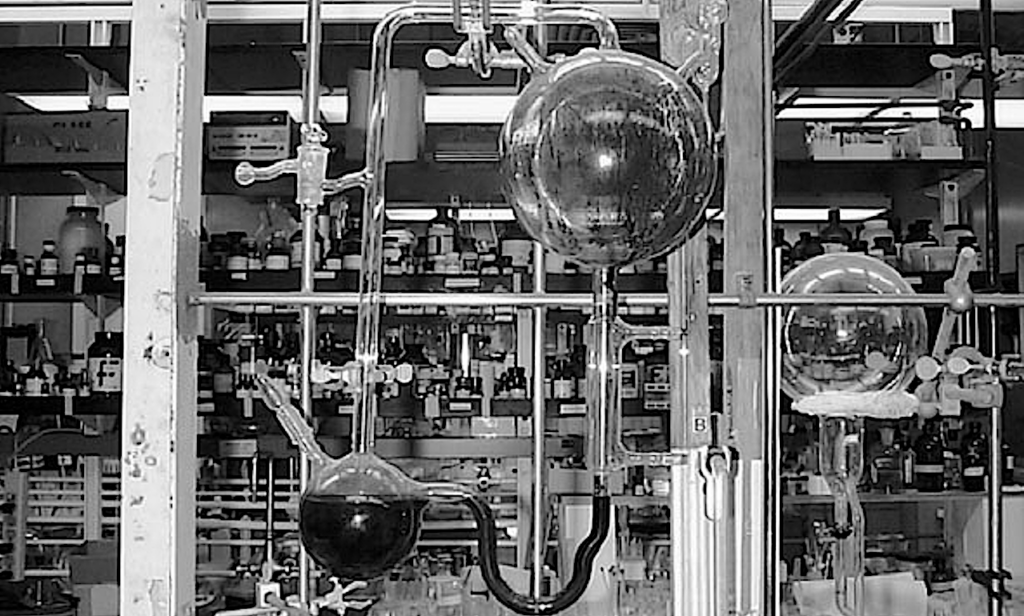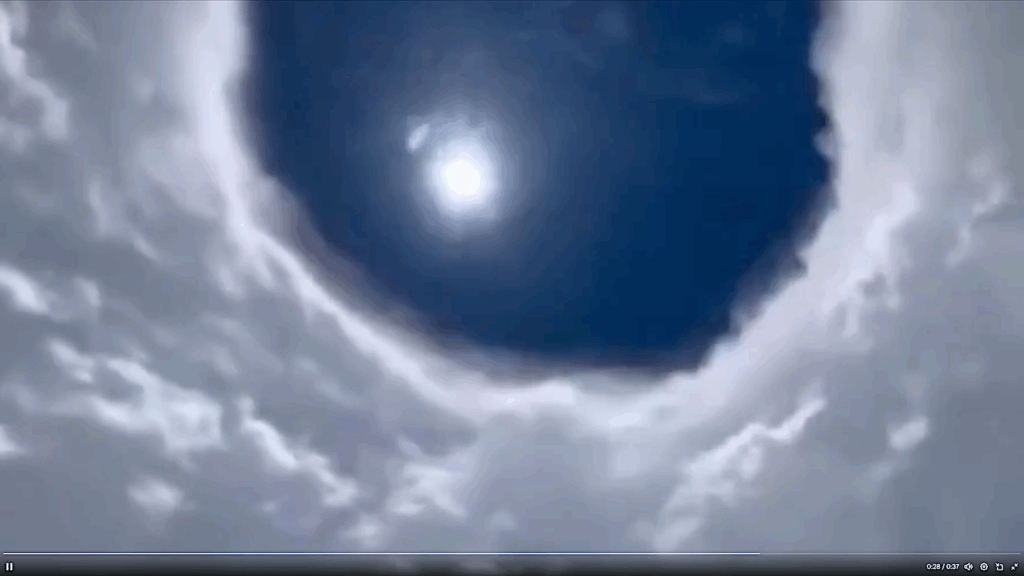Two Temperate Super-Earths Transiting A Nearby Late-type M Dwarf

In the age of JWST, temperate terrestrial exoplanets transiting nearby late-type M dwarfs provide unique opportunities for characterising their atmospheres, as well as searching for biosignature gases.
We report here the discovery and validation of two temperate super-Earths transiting LP 890-9 (TOI-4306, SPECULOOS-2), a relatively low-activity nearby (32 pc) M6V star. The inner planet, LP 890-9b, was first detected by TESS (and identified as TOI-4306.01) based on four sectors of data. Intensive photometric monitoring of the system with the SPECULOOS Southern Observatory then led to the discovery of a second outer transiting planet, LP 890-9c (also identified as SPECULOOS-2c), previously undetected by TESS.
The orbital period of this second planet was later confirmed by MuSCAT3 follow-up observations. With a mass of 0.118±0.002 M⊙, a radius of 0.1556±0.0086 R⊙, and an effective temperature of 2850±75 K, LP 890-9 is the second-coolest star found to host planets, after TRAPPIST-1. The inner planet has an orbital period of 2.73 d, a radius of 1.320+0.053−0.027 R⊕, and receives an incident stellar flux of 4.09±0.12 S⊕. The outer planet has a similar size of 1.367+0.055−0.039 R⊕ and an orbital period of 8.46 d. With an incident stellar flux of 0.906 ± 0.026 S⊕, it is located within the conservative habitable zone, very close to its inner limit.
Although the masses of the two planets remain to be measured, we estimated their potential for atmospheric characterisation via transmission spectroscopy using a mass-radius relationship and found that, after the TRAPPIST-1 planets, LP 890-9c is the second-most favourable habitable-zone terrestrial planet known so far. The discovery of this remarkable system offers another rare opportunity to study temperate terrestrial planets around our smallest and coolest neighbours.
L. Delrez, C. A. Murray, F. J. Pozuelos, N. Narita, E. Ducrot, M. Timmermans, N. Watanabe, A. J. Burgasser, T. Hirano, B. V. Rackham, K. G. Stassun, V. Van Grootel, C. Aganze, M. Cointepas, S. Howell, L. Kaltenegger, P. Niraula, D. Sebastian, J. M. Almenara, K. Barkaoui, T. A. Baycroft, X. Bonfils, F. Bouchy, A. Burdanov, D. A. Caldwell, D. Charbonneau, D. R. Ciardi, K. A. Collins, T. Daylan, B. -O. Demory, J. de Wit, G. Dransfield, S. B. Fajardo-Acosta, M. Fausnaugh, A. Fukui, E. Furlan, L. J. Garcia, C. L. Gnilka, Y. Gómez Maqueo Chew, M. A. Gómez-Muñoz, M. N. Günther, H. Harakawa, K. Heng, M. J. Hooton, Y. Hori, M. Ikoma, E. Jehin, J. M. Jenkins, T. Kagetani, K. Kawauchi, T. Kimura, T. Kodama, T. Kotani, V. Krishnamurthy, T. Kudo, V. Kunovac, N. Kusakabe, D. W. Latham, C. Littlefield, J. McCormac, C. Melis, M. Mori, F. Murgas, E. Palle, P. P. Pedersen, D. Queloz, G. Ricker, L. Sabin, N. Schanche, U. Schroffenegger, S. Seager, B. Shiao, S. Sohy, M. R. Standing, M. Tamura, C. A. Theissen, S. J. Thompson, A. H. M. J. Triaud, R. Vanderspek, S. Vievard, R. D. Wells, J. N. Winn, Y. Zou, S. Zúñiga-Fernández, M. Gillon
Comments: 31 pages, 19 figures, 7 tables. Accepted for publication in A&A
Subjects: Earth and Planetary Astrophysics (astro-ph.EP)
Cite as: arXiv:2209.02831 [astro-ph.EP] (or arXiv:2209.02831v1 [astro-ph.EP] for this version)
Related DOI:
https://doi.org/10.1051/0004-6361/202244041
Focus to learn more
Submission history
From: Laetitia Delrez
[v1] Tue, 6 Sep 2022 22:04:59 UTC (10,531 KB)
Full paper: https://arxiv.org/abs/2209.02831
Astrobiology








